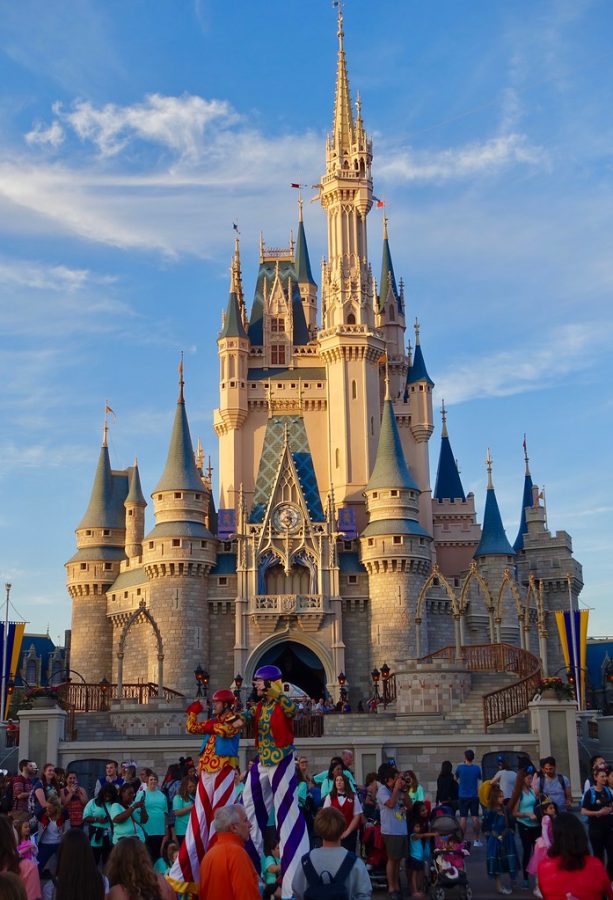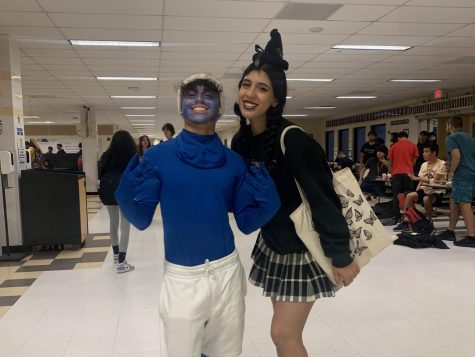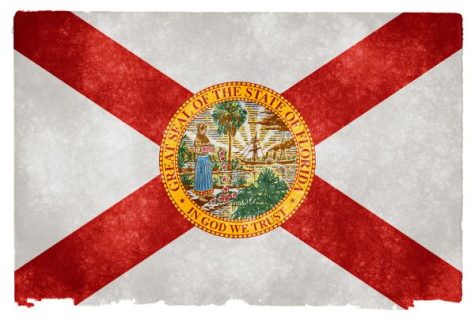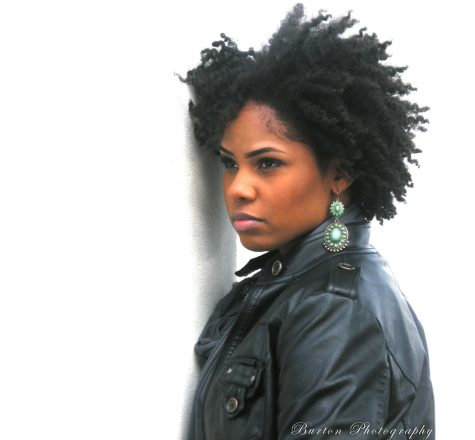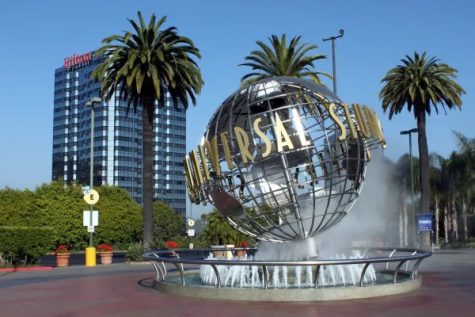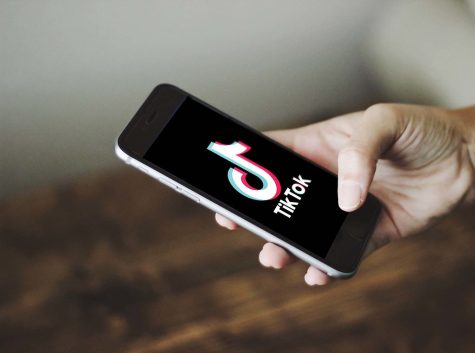Opinion: Disney remake movies fail to surpass originals
The iconic Cinderella castle in Disney World based on the 1950 original film, is a staple photo op for Instagram gold.
In the emerging era of entertainment, numerous movies and television shows have received continuations or remakes, with Disney at the lead of this movement. “The Lion King,” “Beauty and The Beast,” “Cinderella” and “Aladdin” are just some examples of classics that have been or are set to be remade. The idea of a new plot to a beloved story is both dreaded and welcomed by the people of elder generations. Opposing views stem from a belief that different storylines can have a refreshing new take on a classic, or ruin the true essence of the original movie.
Recently, fans of “Aladdin” have criticized Will Smith’s portrayal of Genie, who was originally voiced by the legendary comedian Robin Williams. It is hard to grasp how Smith will provide a performance to the same caliber as Williams since the original performance was iconic. More specifically, fans disapproved of the CGI used to transform Smith into the Genie.
The issue at hand is certainly not a new one, but one that has been around for years. “Maleficent”, the remake of the classic fairytale “Sleeping Beauty” was well received by fans, which green lighted its sequel to be released in the fall. In the movie, the roles of protagonist and antagonist are effectively switched. The audience rooted for the heinous villain due to the filmmaker’s utilization of the “evil but misunderstood” trope, which rationalizes evil actions made by the villain by showing traumatic events from their past. The plot presented a new view to the story while still respecting the integrity of the original characters. However, these characters were simple.
They had basic traits that effectively portrayed the nuance between the stereotypical bad and good characters. Maleficent still craved vengeance, Aurora was still a lovable princess and the three fairies possessed their charm from the original movie. The villain antagonizes the lovable princess, and the brave prince saves the day. As a result, “Sleeping Beauty” is not as popular as other princess movies.
The introduction of 2D box-office hits, known as the Disney Renaissance between 1989 and 1999, begins with the release of “The Little Mermaid” with “Beauty and the Beast,” “Lion King” and “Aladdin” following. Millennials and centennials alike idolize these movies, reminding them of the simpler times of their childhood. Gen X and Baby Boomers will likely value Disney’s Golden Age movies. During this era came movies that would later be considered classics, and as parents baby boomers would view them with their children who were part of Gen X. “Snow White,” “The Seven Dwarfs,” “Bambi,” “Pinocchio” and “The Jungle Book” are a few movies part of the Golden age released from 1937 to 1967. Due to their innate bias toward the nostalgia-filled originals, fans simply do not like changes to their favorite stories.
CGI has certainly gotten better with time, and large franchises have spent millions trying to turn fantasy into reality on the big screen. 2D animation has a different purpose, showing a warped version of what is practical and physically possible. The transition from this colorful, exaggerated format to CGI does not rest well with fans because it strips the movie of its bizarre and unthinkable properties that is a classic of Disney original films. Cosmetics and puppets in older live-action movies were used to represent mystical creature and human characters coexisting. However, with the growing use of computer animation, the human brain has difficulty recognizing faces and proportions as real.
The soundtracks of Disney films largely contribute to public reception and ultimately their success. For example, the score for “The Lion King” received high praise, with some of the songs becoming iconic in pop culture and later being incorporated into the Broadway musical of the same name. In revamped soundtracks, some songs are changed or excluded, and as established, change is rarely welcomed. The live-action remake of “The Lion King” features talented and widely known singers such as Beyonce and Donald Glover, potentially opening the film to a wider audience. Conversely, the live action remake of “Mulan” will feature none of the music from the original movie. This has led to controversy among fans and new audiences but does pose the opportunity to refine the storytelling in the film with the exclusion of the soundtrack making way for new scenes and dialogue.
Considering the elements that make original Disney movies groundbreaking and insanely popular, it is hard to say that remakes or sequels truly do their predecessors’ justice. Nostalgia will always fog one’s judgement, no matter what changes take place in the plot, visuals or soundtrack. The surge of remakes stems from Disney’s desire to make money quickly with less effort than creating a movie from scratch. This begs the question: will Disney ever experience another Golden Age of movies or simply resort to clinging to the past to stay relevant in a crowded media landscape.
